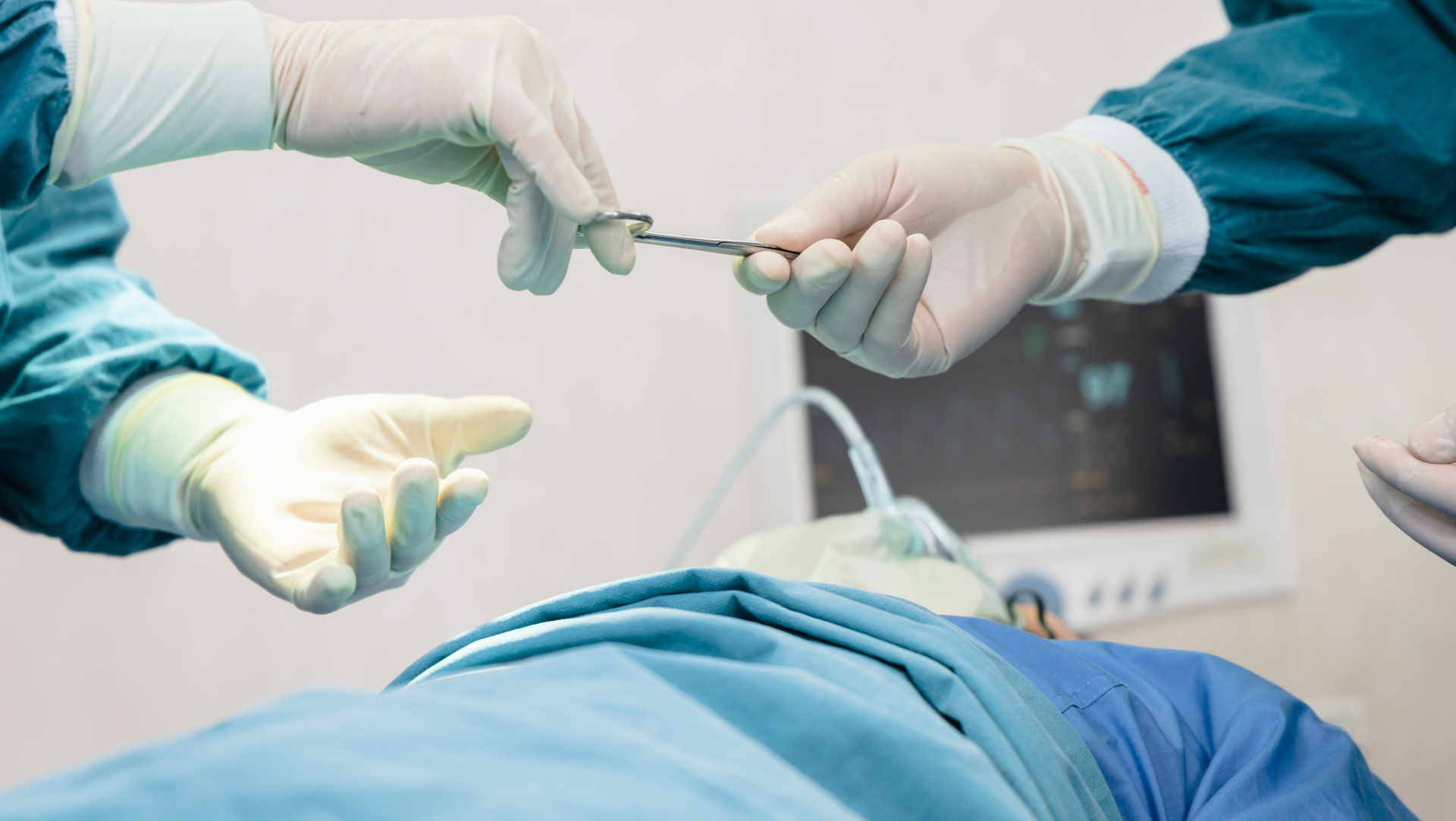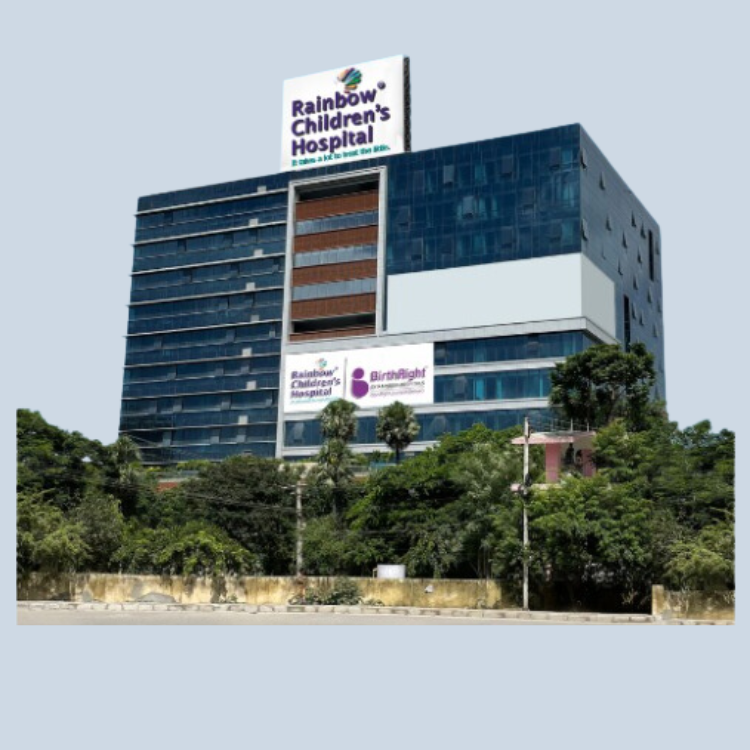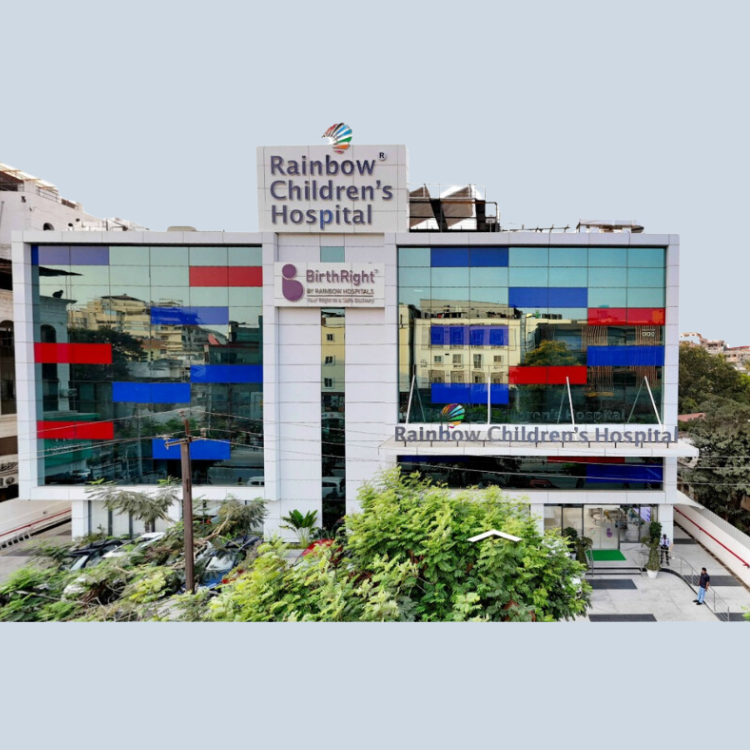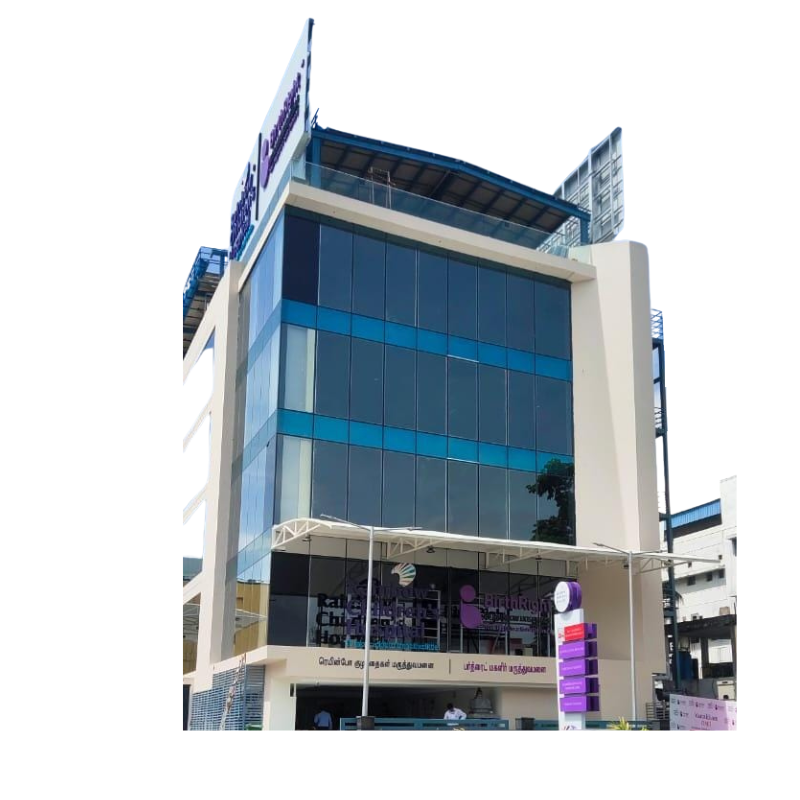Seamless support from diagnosis to post treatment care
Laparoscopic Surgeries
Laparoscopy
Laparoscopy is a minimally invasive procedure, which examines the internal organs of the abdomen and it is known as diagnostic laparoscopy. In this procedure, only small incisions are required, and it's low-risk.
The abdominal organs are viewed with the help of a laparoscope during laparoscopy. Laparoscopic instruments are long, thin tubes with a bright light and a high-definition camera at their ends. Incisions are made in the abdominal wall to insert the instruments. Video images are sent to a monitor as the camera moves along.
With laparoscopic surgery, your doctor can see inside your body in real-time without opening it up. The procedure can also enable your doctor to take a biopsy sample.
Surgical expertise at BirthRight Hospitals is minimally invasive and laparoscopic. As a leader in laparoscopic procedures, our surgeons adopt the latest technologies so patients have a comfortable, painless, and precise experience. The doctors at BirthRight Hospitals' with their multidisciplinary approach determine the cause of the conditions and devise suitable
methods ensuring the safety of the patients.
What is the purpose of Laparoscopy?
To identify and treat pelvic or abdominal pathology, laparoscopic procedures are often performed. The procedure is usually used when non-invasive methods fail to diagnose a condition.
During a laparoscopy, very rarely one may experience risks, such as experiencing bleeding, infection, and damage to your organs. You should keep an eye out for signs of infection after your procedure. Call your doctor immediately if you experience:
-
Fevers
-
Abdominal ache
-
Chills
-
Redness, Swelling, Bleeding, Or Drainage where incisions were made
-
Nausea
-
Vomiting
-
Persistent Cough
-
Shortness Of Breath
-
Inability To Urinate
-
Light-Headedness
While laparoscopy is relatively safe, it comes with a small chance of organ damage. The puncture of an organ may lead to the release of blood and other fluids. The damage needs to be repaired by another surgery.
The following risks are less common:
-
Anesthesia-related complications.
-
An infection of the abdominal wall.
-
Your pelvis, legs, or lungs can be affected by a blood clot.
Occasionally, your surgeon may believe that a minimally invasive technique is not worth the risks associated with laparoscopy. Prior abdominal procedures are more likely to cause this problem since adhesions can form between abdominal structures when a patient has had previous abdominal surgery. It takes much longer and is more likely to cause organ injury when performing laparoscopy with adhesions.
What is the procedure for laparoscopy?
Usually, laparoscopic procedures are performed as day- care procedure(It means your surgery will take place the same day, so you can leave the same day) or inpatient procedure..
For this type of surgery, general anesthesia is likely to be administered. In other words, you won't feel any pain during the procedure and can sleep through it. A vein in your arm is inserted with an intravenous line to achieve general anesthesia. In addition to administering fluids and giving medications via the IV, your anesthesiologist can provide hydration.
A laparoscopic procedure involves a surgeon making a small incision below your belly button and inserting a small tube called a cannula. With the help of the cannula, carbon dioxide gas is inflated in your abdomen. That allows your physician to better examine your abdomen.
An incision is made through which the laparoscope is inserted once the abdomen has been inflated. Your organs can be viewed in real-time on the screen, thanks to the camera attached to the laparoscope.
According to your surgeon, the number and size of incisions will depend on the specific disease being confirmed or ruled out. A typical procedure involves between one and four incisions, each between 0.5 cms -1cms long. Other instruments are then inserted through these incision.
The instruments are removed following the procedure. Following that, an incision is usually tapped up or occasionally stitched . If necessary, bandages may be applied.
..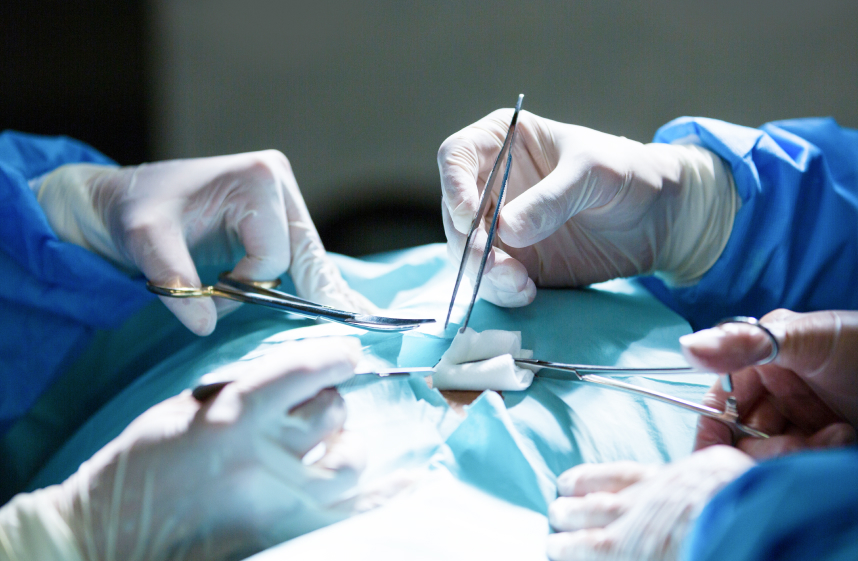
Find a Doctor
Expertise you can trust, Meet our esteemed doctors who bring exceptional knowledge, compassion, and innovation to provide top-notch care for your health and well-being.
Our Hospitals and ClinicsOur Hospitals and Clinics
Rainbow Children's Hospital stands as a testament to the hospital's continual pursuit of excellence and innovation, providing specialized care for women and children.
Request a Call back
Tap to Fill FormRequest a Call back
What Are People Saying About Us
Embark on a journey of inspiration and hope with our patient success stories, complemented by informative videos from our dedicated doctors.
Quick Links
- Best Laparoscopic Gynecological Doctors In Hyderabad
- Best Laparoscopic Gynecological Doctors In Bangalore
- Best Laparoscopic Gynecological Doctors In Delhi
- Best Laparoscopic Gynecological Doctors In Chennai
- Best Laparoscopic Gynecological Doctors In Vijayawada
- Best Laparoscopic Gynecological Doctors In Vizag
- Best Laparoscopic Gynecological Doctors In Kondapur
- Best Laparoscopic Gynecological Doctors In Hyder Nagar
- Best Laparoscopic Gynecological Doctors In Secunderabad
- Best Laparoscopic Gynecological Doctors In Hebbal
- Best Laparoscopic Gynecological Doctors In Malviya Nagar
- Best Laparoscopic Gynecological Doctors In Panchsheel Park
- Best Laparoscopic Gynecological Doctors In Guindy
- Best Laparoscopic Gynecological Doctors In Currency Nagar
- Best Laparoscopic Gynecological Doctors In Governerpet
- Best Laparoscopic Gynecological Doctors In Health City
- Best Laparoscopic Gynecological Doctors In Kailash Metta
- Best Laparoscopic Gynecological Doctors In Banjarahills
- Best Laparoscopic Gynecological Doctors In Sholinganallur
- Top Laparoscopic Gynecological Doctors in India
- Top Laparoscopic Surgeon In India
- Best Gynae Laparoscopic Surgeon In India
- Gynae Laparoscopic Surgeon In India
- Top Gynae Laparoscopic Surgeon In India
- Famous Gynae Laparoscopic Surgeon In India
- Top Gynae Laparoscopic Surgeon In India Near Me
- Famous Gynae Laparoscopic Surgeon In India Near Me
- Best Gynae Laparoscopic Surgeon In India Near Me
- Gynae Laparoscopic Surgeon In India Near Me
- Laparoscopic Surgeon In India
- Best Laparoscopic Surgeon In India
- Famous Laparoscopic Surgeon In India
- Top Laparoscopic Surgeon In India Near Me
- Famous Laparoscopic Surgeon In India Near Me
- Best Laparoscopic Surgeon In India Near Me
- Laparoscopic Surgeon In India Near Me
- Top Laparoscopic Gynecological Doctors In Kondapur
- Laparoscopic Gynecological Doctors near me in Kondapur
- Laparoscopic Gynecological Doctors near me in Hyder Nagar
- Laparoscopic Gynecological Doctors near me in Banjarahills
- Best Treatment for Diagnostic laparoscopy in Children, Hyderabad
- Best Treatment for Diagnostic laparoscopy in Children, Bengaluru
- Best Treatment for Diagnostic laparoscopy in Children, Delhi
- Diagnostic laparoscopy in Children, Chennai
- Best Treatment for Diagnostic laparoscopy in Children, Vijayawada
- Best Treatment For Diagnostic laparoscopy in Children, Vizag
- Best Laparoscopic Surgeon at Sarjapur Road, Bengaluru
- Best Laparoscopic Surgeon at Himayatnagar, Hyderabad
- Best Laparoscopic Surgeon at Anna Nagar, Chennai
- Best Laparoscopic Surgery Hospital in Anna Nagar


